From The Rancher
2024
It's always a joy when we can take our cattle from eating hay to out on fresh pasture for the first time each season. This year our first introduction for this group of cattle is a small strip, which will be followed by moving them to the big field in a few days.
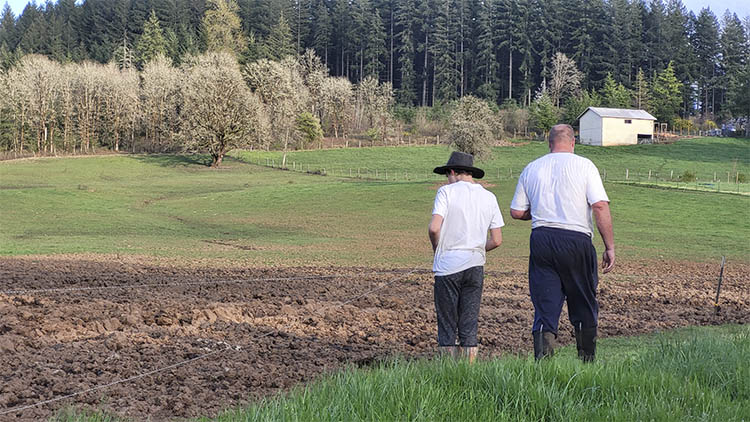
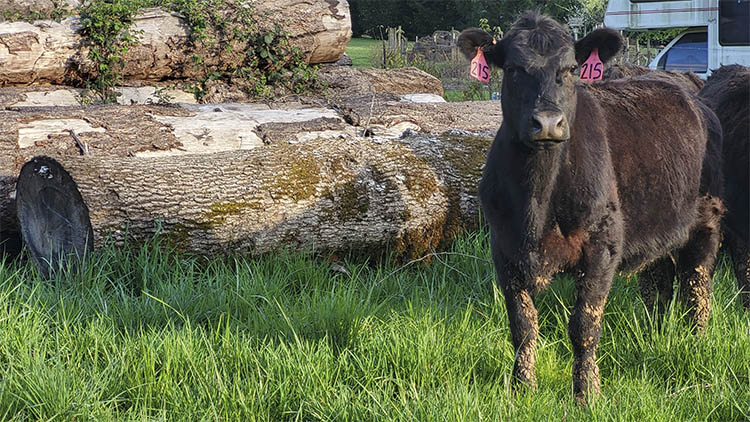

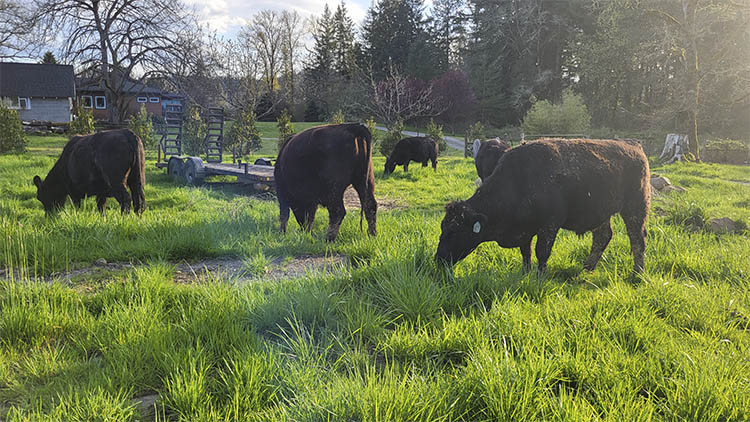
2023
We finally have our new sawmill setup and running. The plan is to start making the lumber and beams for a new barn…to be started sometime in 2024.
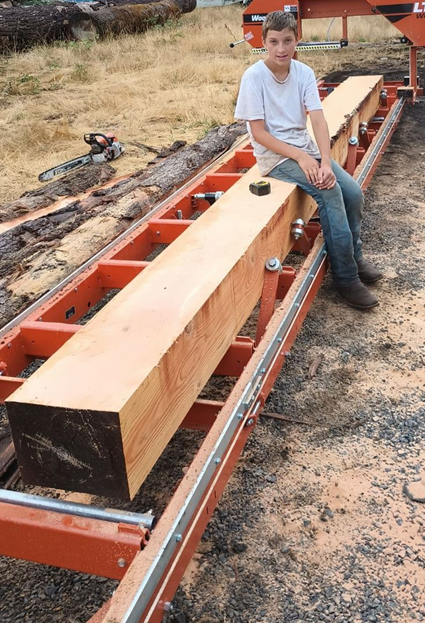
Hunting for, and removing Tansy Ragwort plants. They are toxic to cattle (and other livestock and even humans) if eaten. The best way to control them is simply to pull them up by the root before they go to seed. If you have any on your property, help your local farmer, and pull them up and dispose of them before they are able to spread their seed.
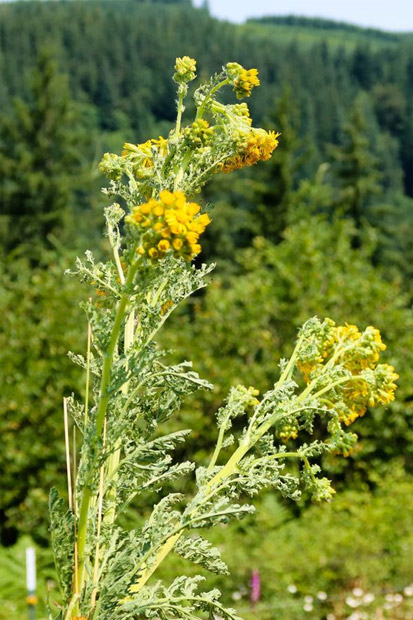
Moving cows to a fresh field at one of our pastures. These are females that will have their baby calves in September and October.
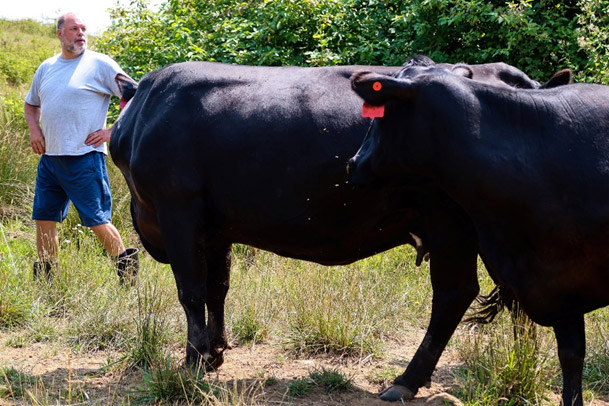
2022
Just a picture of some happy cows on our green Summer pastures

2021
Ranching for us has been a story of buying cheap and restoring farm equipment to fit our needs. Here the old rust bucket of a cattle trailer is finally restored. Many years of work and help from friends went into this. There were tons of chopping out rusted metal, welding, sand blasting, work on the fiberglass top, stainless steel in the notch of the floor, new treated wood floor, new axles, and finally, priming and painting!
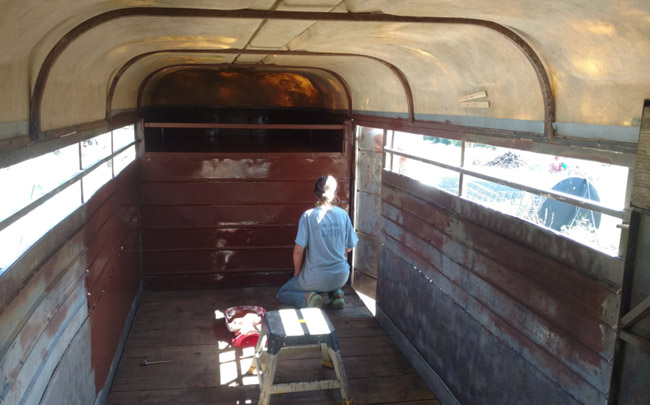
2020
Pasture pictures from the farm this Spring... Super green out there this year! The cows are eating all they want.
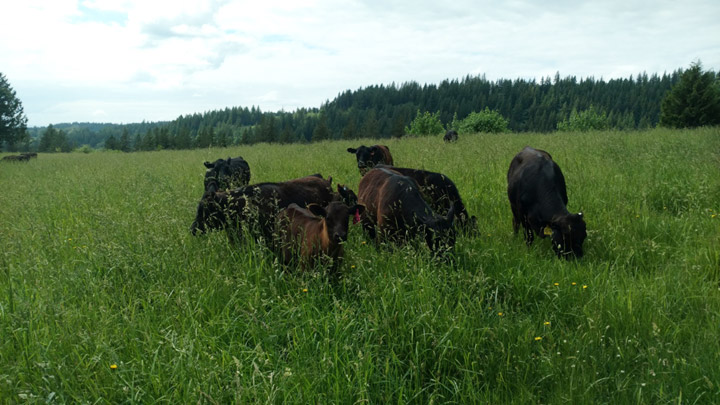
2019
Haying season is always a fun, but challenging. Here are some pictures from moving hay all night before the rain came. It was a difficult week to try and dry hay, so it came down to only 24 hours after it was baled, to move it off the field. We got it all in the barn just in time.
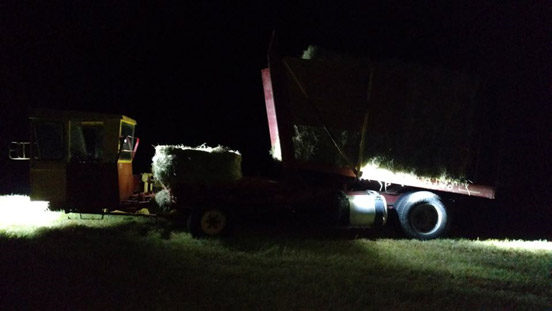
2018
Cattle enjoying eating some luscious, high-quality hay.
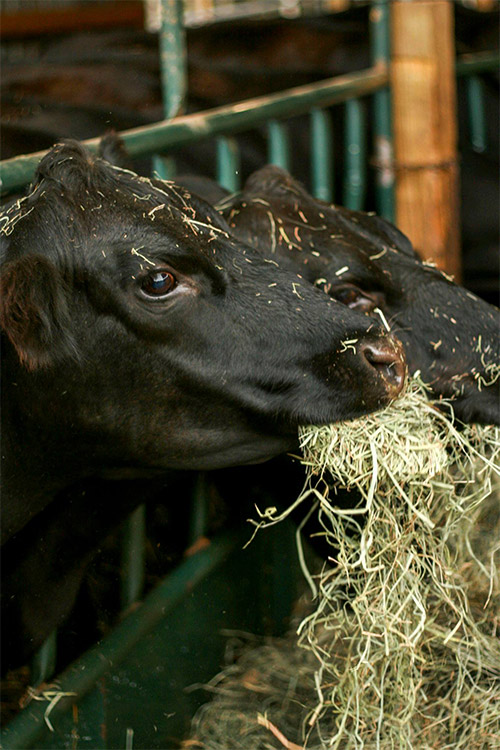
We recently poured a second concrete floor in the barn for increased loafing and feeder areas, and protection from bad weather during calving. We've also been working on making special calf panels to allow calves to have a separate loafing and eating area from the Moms during the cold season. Calf panels are steel panels that have a small "slot" for the calves to move through them, but not enough room for the big momma cows to go through. This helps to create a special area where the baby calves can have a warm, dry, and clean area to hang out in the barn. When we pour concrete in a barn for cows to walk on, we cut groove lines (with a concrete planer) in the finished concrete for traction for the cows, so they don't slip and fall. Like most projects on a small farm, farmers tend to have to do them ourselves, or with help from friends and family, to make them affordable. This concrete project was no exception.
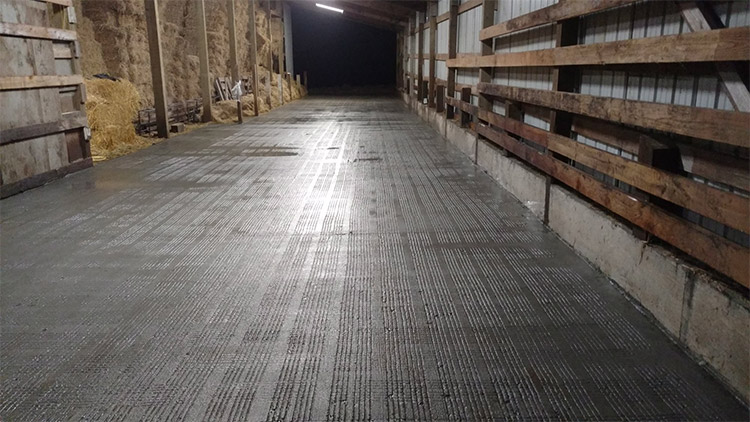
2017
Ranch life has its benefits. Family time picking fruit trees among them.

Moved the cow/calf group back to the home property today. Planted the bottom field this last fall and that looks fantastic. Re-planted the field by the barn one spring ago and that's looking great too. There is still lots of red clover in it, a favorite of all. The red clover mostly dies out after two years, except what gets re-seeded, so it's a special treat when they get it. Similar in nutrition to alfalfa. It's also another method for naturally putting nitrogen into the soil and it helps the grass grow.

Winter on the farm occasionally graces us with snow. The cows don't mind at all as long as it's not windy.

2016
This field survived the dry times this April! It was planted on April 2nd. Who would have thought that the weather would have turned to 85 degrees, 25% humidity, with dry East winds, for 4 or 5 days right when it was spouting in early April? Somehow, there was enough rain here and there to keep it going.
It has both red and white clover mixed in with Fescue, Orchard grass, and Perennial Rye grass. Two years of work on this area will finally pay off in excellent Summer forage for the cows. By next Spring the clover will actually have made enough nitrogen to fertilize the field all on its own!
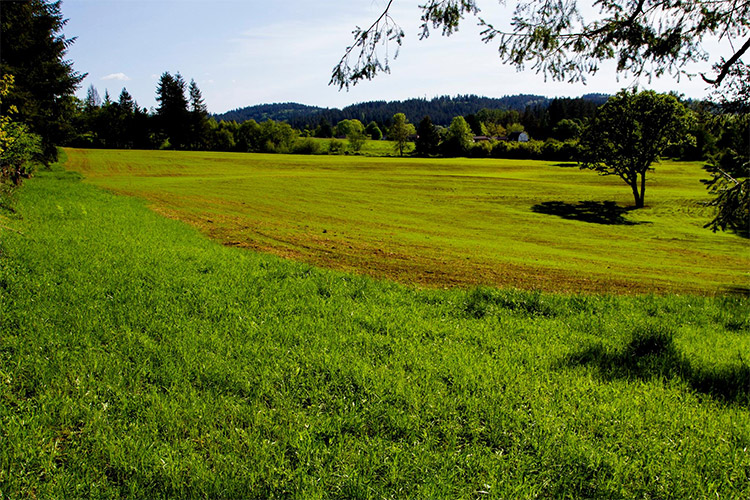
A picture of our barn now. Basically complete - just a little siding to add to one side. If you look carefully at the barn picture you can see our first calf of the year. And the pasture picture is a picture of three cows in the field by the house, waiting for their calves to come.
On the left hand side, you can see some of God's natural fertilizer (cow pies we put there with our manure spreader). It always looks a bit torn up this time of year, but just wait for Spring and those fields turn lush and green.
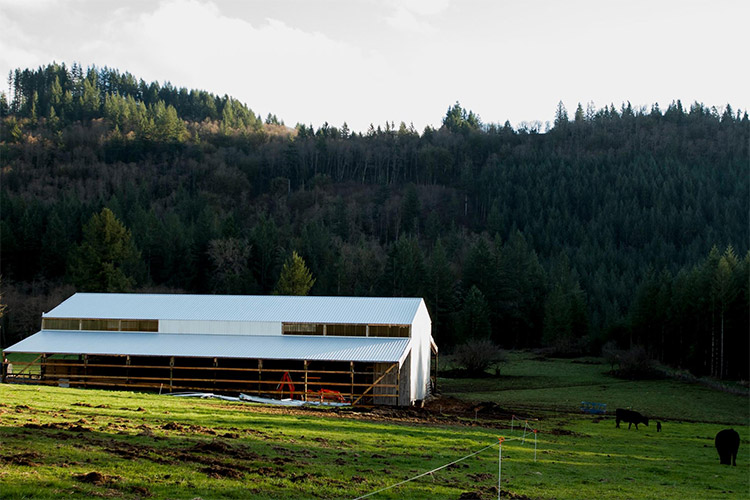
2015
The barn looked pretty neat in the night sky. Incredible lighting for a barn, but energy efficient with LED shop lights.

We're replacing our old barn with a newer, larger barn for increased hay storage and cattle loafing areas. It's a huge project. We hope you enjoy sharing our experience.
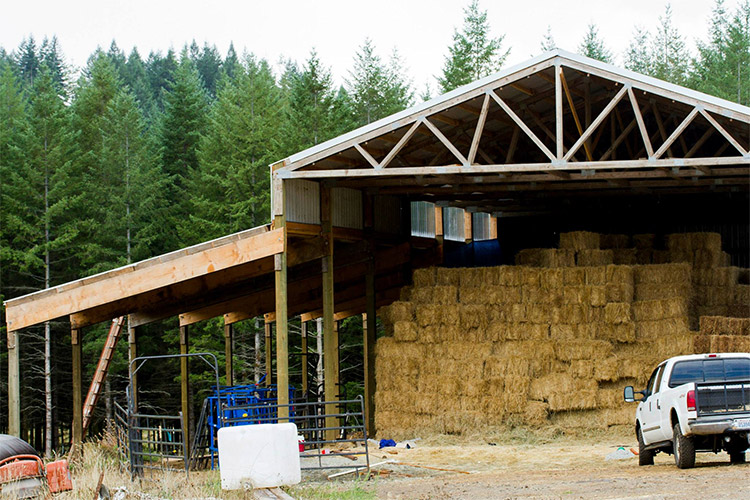
Framing the new Barn

2014
Ranching is a family affair. Kids love watching the grass come in.

2013
Spring Fence Project. The fence and the clearing project on our newly leased land near the Heisson store in Battle Ground, WA was finally completed. We finished the final section of fence and moved cattle onto this place at the end of the day on May 29, 2013. For the rancher, it's been well over two and a half straight months of clearing out small bushes, trees, and old fences; and setting posts and stringing over ¾ of a mile of new fence.
This is the new pasture land that we leased earlier this year. It's pretty amazingly beautiful already, but it's going to require a lot of hours of work to get it ready for our cattle. So far, I've been hand clearing the property boundaries with a chain saw. Next comes building about ¾ of a mile of new barb wire fencing, and putting in a few gates.
